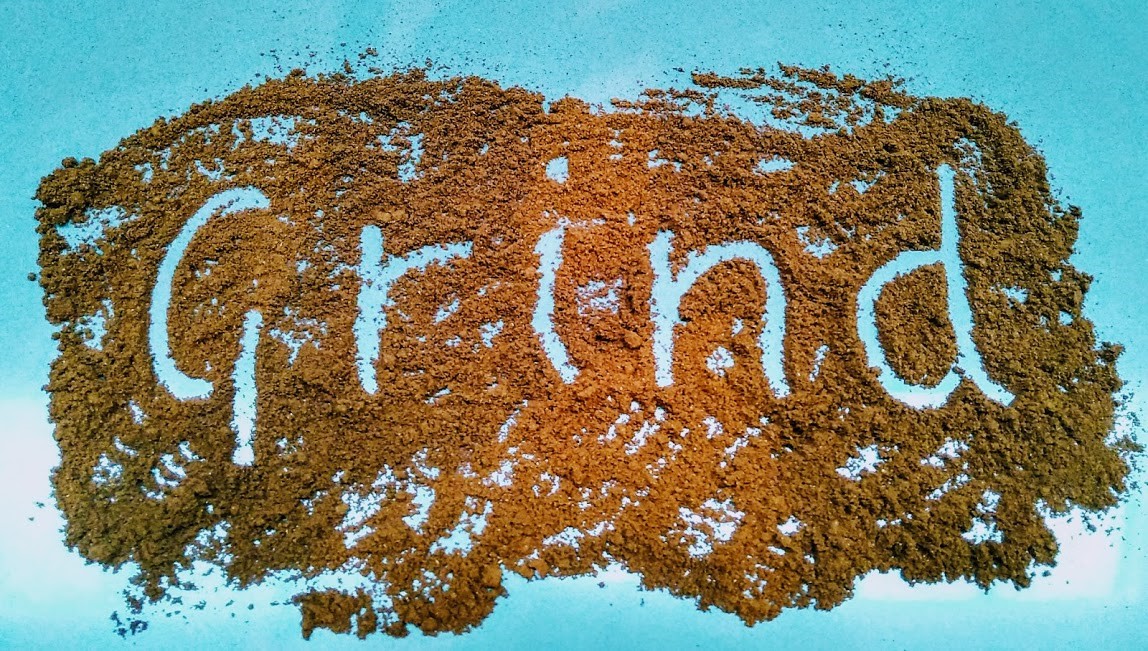Choosing the right espresso to make and sell in your café is a big decision. You have a vast range of styles and price ranges to choose from and lots of conflicting advice and opinions about which would be best for you and your customers. However, even once you sweated over these dilemmas and plumped for a coffee that you really love there will always be days when you feel that it doesn’t taste as good as you remember. So what is wrong? The tendency is to worry about your equipment or even complain to your supplier about roasting inconsistencies but could the answer be closer to home?
Now obviously, all coffee roasters are human* and coffee is a hugely variable and natural product so sometimes there is a genuine case for complaint or reason for inconsistencies. More often than not however, people underestimate how much the way coffee is prepared can influence coffee flavour and customer enjoyment. In this article Tom, our Trainer explains how you can put in a few simple daily checks to ensure that your espresso tastes consistently delicious and rewarding.
*Not us of course, we are perfect!
What is a Brew Recipe?
A brew recipe is like any other recipe – it is a list of ingredients with cooking instructions. In the case of espresso this will include a desired weight of ground coffee (DOSE), a desired brewed espresso size (YIELD), a brewing time (SHOT TIME) and a water temperature (TEMPERATURE). We provide these for all of our espresso blends and if you don’t have one please ask.
Why do we need a Brew Recipe?
Great coffee doesn’t just happen. Depending on how it is brewed, even Speciality coffees can taste ordinary or even unpleasant. If we over or under-brew our espresso it may taste sour, bitter or simply be unbalanced or lacking in intensity. If you can follow a brew recipe then you know that you will be extracting the correct flavour profile from your beans.
What is “Dialling In”?
Dialling in is a term that refers to the act of calibrating your espresso machine and grinder to follow a particular brew recipe. It is best done daily and before any customer is served. Predominantly it focuses on the act of setting your grinder to deliver the grind size and coffee dose required to achieve a desired brew time.
How to:
1: Dial in by brewing DOUBLE espresso as they brew much more consistently than singles. This should be done using your double group handle and by using around 16-18g of coffee*. Take every possible care to ensure a consistent dose while dialling in
2: Scales are the best way of checking your dose, but if you don’t have them there are some clues as to whether your dose is appropriate. The tamped coffee bed should sit just under the visible ridge in your basket and when knocking out, spent coffee pucks should be firm and relatively dry
3: Once you have an appropriate dose of tamped, ground coffee you must brew your double espresso and time the total length of time it takes to pour. You should aim for a total brew time of around 25 seconds* and achieve a brewed espresso weight of around 35-40g (40-50ml)*
4: If your brew time is too short the espresso will be sour and possibly rather thin bodied. This means that your grind is too coarse and you can correct this by increasing the fineness of your grind. If the brew time is too long your espresso may be bitter, ashy or papery tasting. This means that your grind is too fine and can be corrected by coarsening your grind
5: Every time you make a grinder adjustment you must ensure that all traces of previous grind are removed from the grinder by grinding and discarding at least 20g of coffee. Re-brew and time your espresso to see if your adjustment has had the desired effect. Keep going with small adjustments until you are happy with the taste of your espresso. Enjoy and bask in the certain knowledge that your customers are getting exceptionally delicious coffee!
*These are approximate figures. Best results will always come from following a specific recipe designed for your coffee
How’s my grinding?
The method detailed above presumes that you are working with a commercial burr grinder with relatively sharp burrs. Expect to pay around £500 and above for reputable brands and to change your burrs every 3-500 kg of coffee that you grind with them. If you don’t know when your burrs were last changed it is probably time to get them done. Blunt burrs produce sour and bitter coffee and may leave a tell-tale sediment in the bottom of your brewed espresso.
So, next time your coffee doesn’t taste delicious, follow these steps and you should see huge improvements in balance, body and sweetness. If you are still struggling then it is of course possible that your equipment or coffee is at fault but at least by daily grinder checks you can rule out user error and get to the heart of any other issues much quicker.
Remember, if you are Darkwoods customer and you need any help or support in getting hold of or following a brew recipe please feel free to get in touch. All training is free and we’ll do anything we can to help you make our coffee as tasty as we know it can be.

